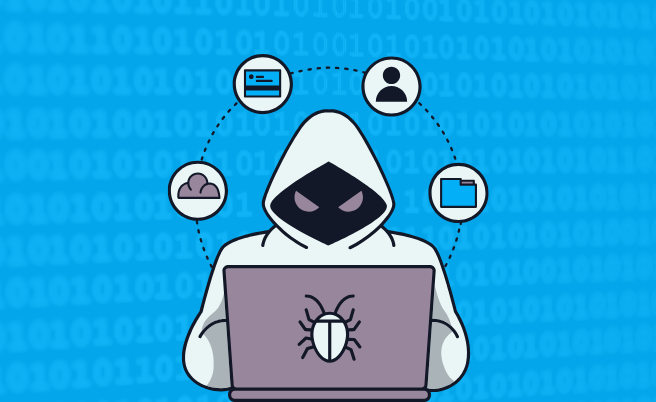How We Helped Recover a Hacked Website in 24 Hours! 🔐

We recently helped a client in New York – a law firm – recover their hacked website in less than 24 hours. It was a serious breach that could’ve cost them leads, reputation, and trust. Here’s how we fixed it fast and made sure it doesn’t happen again.
What Happened?
The client reached out to us after noticing something strange: instead of loading their website, they were being shown a Cloudflare verification page. The problem? It wasn’t a real Cloudflare page — it was a malicious fake.
We quickly jumped in and immediately enabled maintenance mode on the website to protect their customers and stop any further damage.
Our Investigation
Once the site was safely offline, we took a closer look.
We discovered that the fake Cloudflare page was designed to steal information. It asked users to “verify their identity” — but once clicked, it prompted them to run suspicious commands. These commands were meant to give attackers access to saved browser credentials, which could include logins, emails, payment data — you name it.
💡 Tip: Always enable multi-factor authentication (MFA) and use different passwords for each service. We recommend using a trusted password manager to keep things secure and organised.
So, How Did It Happen?
You’re probably wondering how a site ends up in this situation.
9 times out of 10, it’s because the website hasn’t been updated. Outdated plugins or themes often contain vulnerabilities that attackers can exploit. Once they’re in, they can:
Upload malicious code
Redirect visitors
Steal data
Leave backdoors to regain access later
This isn’t just a technical issue — it tarnishes your brand, damages trust, and can even affect your search rankings.
Our Fix
Here’s what we did in under 24 hours:
Quarantined the site and enabled maintenance mode
Analysed the code and behavior in a secure test environment
Identified and removed malicious files and hidden users
Updated all core files, plugins, and themes
Ran a full security scan and hardened the security on the server
Monitored for reinfection and submitted a clean bill of health to Google
How to Protect Your Website Moving Forward
Once a website has been compromised, a cleanup alone isn’t enough. You need to lock it down.
Here are our top recommendations:
✅ Keep WordPress, plugins, and themes fully up-to-date
✅ Enable automatic updates wherever possible
✅ Use a firewall plugin like Wordfence or Sucuri Security
✅ Require MFA (multi-factor authentication) for all admin users
✅ Remove unused plugins and themes
✅ Regularly back up your site (and store backups offsite)
Final Thoughts
Dealing with a hacked website is stressful — but with the right response, it doesn’t have to be a disaster. At Pockly, we specialise in fast, effective hacked website recovery. If you think something’s not right with your site, get in touch now. Don’t wait until your site vanishes from Google or your customer data is at risk.
🚨 Think your website’s been hacked?
We can help — emergency response available.
Learn More | Contact us today.